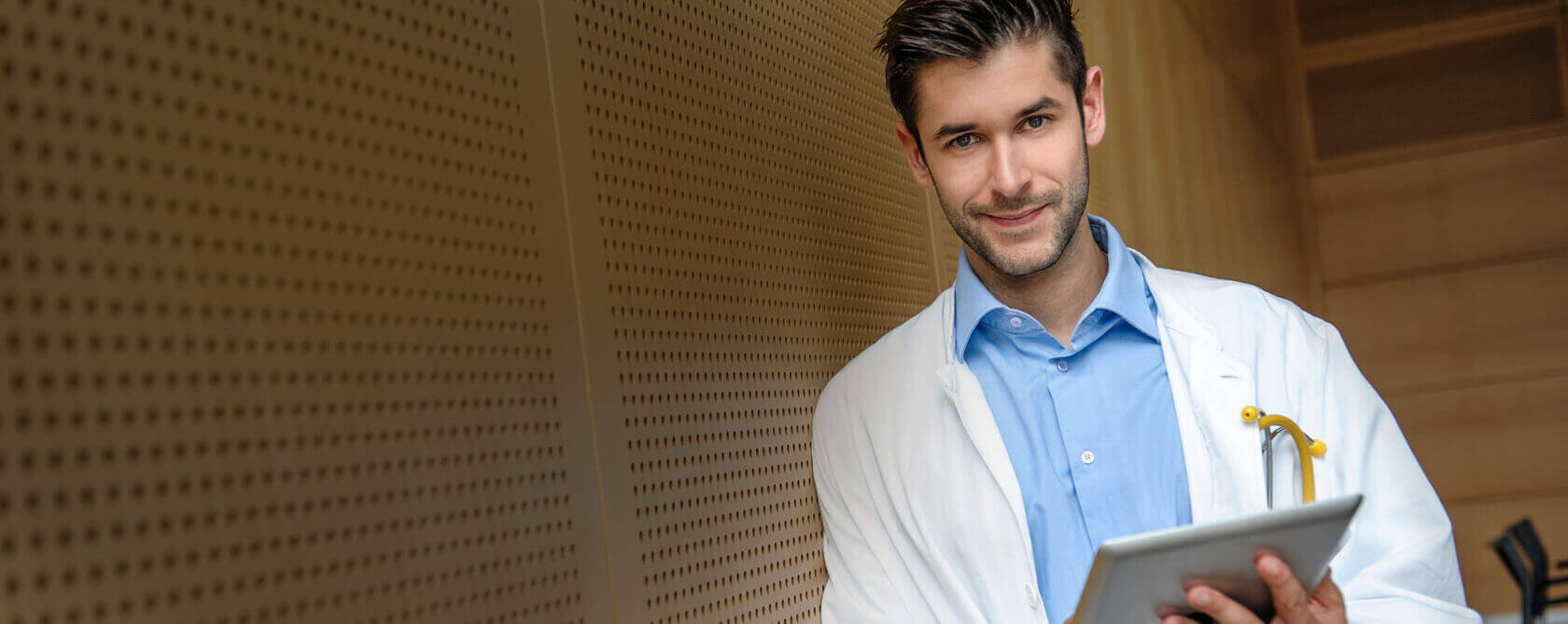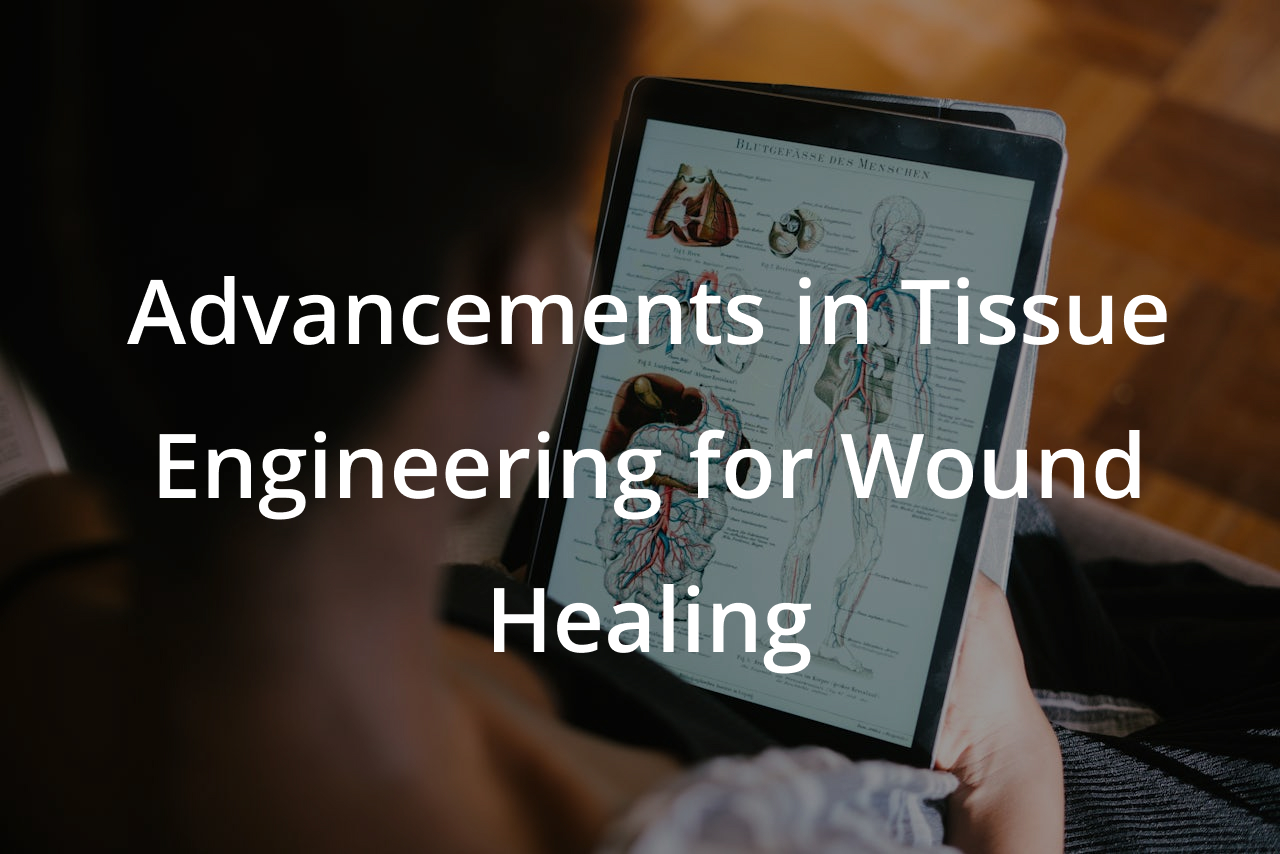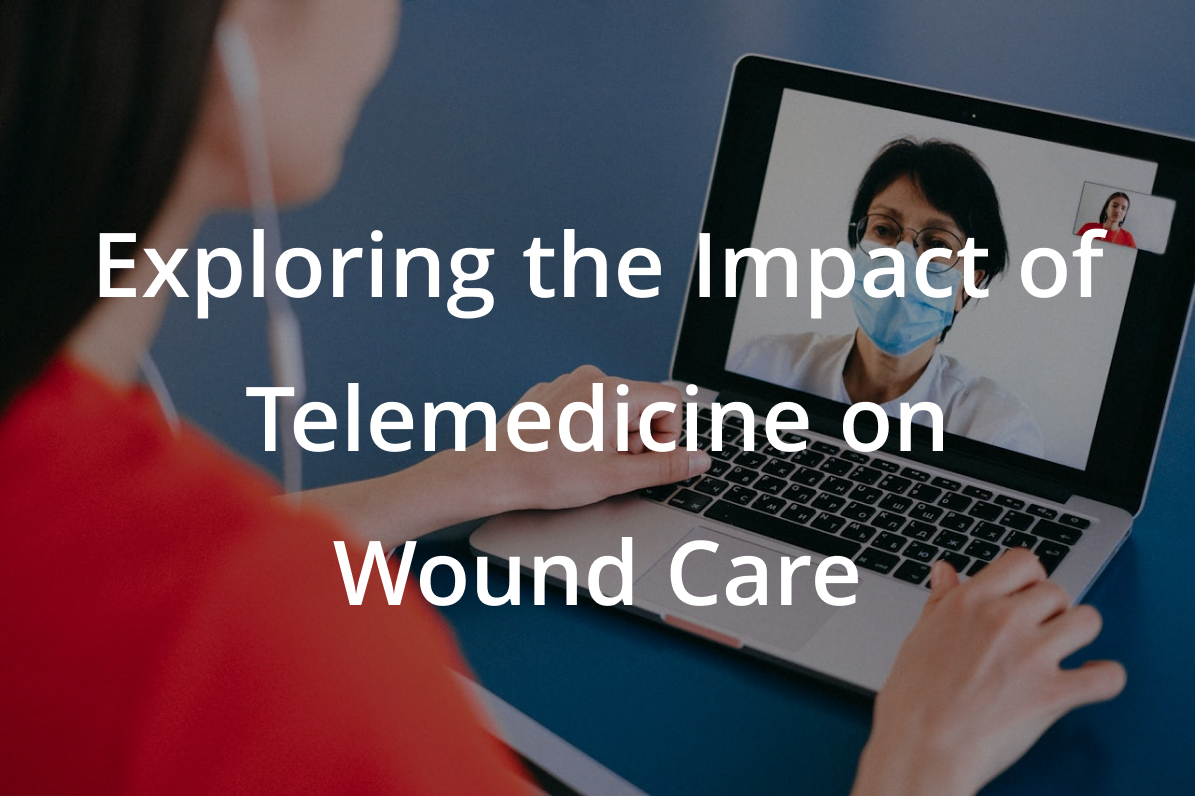In the evolving field of wound care, tissue engineering stands at the forefront, revolutionizing the approaches to healing complex and chronic wounds. Dr. Som and the team at the Wound Institute are deeply invested in leveraging the latest advancements in tissue engineering to enhance patient outcomes. This blog delves into the future of wound care, focusing on the innovative developments in synthetic and biological dressings, skin substitutes, and regenerative medicine approaches that are setting new standards in treating wounds.
What is Tissue Engineering?
Tissue engineering is a branch of regenerative medicine that combines biology and engineering principles to develop functional replacements for damaged or diseased tissues. In wound healing, tissue engineering aims to create new materials and methods that can effectively restore the integrity and functionality of skin and other tissues.
Synthetic and Biological Dressings
- Synthetic Dressings: These are engineered to mimic the natural skin barrier and promote a moist healing environment. New generations of synthetic dressings are integrated with bioactive compounds that can deliver drugs or growth factors directly to the wound site, accelerating healing processes.
- Biological Dressings: Made from biocompatible materials, such as collagen or hyaluronic acid, biological dressings are designed to interact with the body’s natural healing mechanisms. They protect the wound from infection and support cell migration and proliferation, crucial steps in tissue regeneration.
Skin Substitutes
As part of the tissue engineering landscape, skin substitutes play a pivotal role, particularly in treating extensive burns, ulcers, and other large-scale wounds where the loss of skin is significant.
- Bi-layered Constructs: These substitutes often consist of a dermal and an epidermal layer, simulating natural skin structure. These constructs are seeded with cells that can integrate with the patient’s tissue, promoting regeneration.
- Acellular Matrices: These scaffolds provide a template for tissue regeneration, encouraging the body’s cells to repopulate the area and thus rebuild the skin architecture. They are instrumental in patients with poor candidates for extensive surgical interventions.
Regenerative Medicine Approaches
- Stem Cell Therapy: Leveraging the power of stem cells is a cutting-edge approach in regenerative medicine. Stem cells can differentiate into various types of cells, making them ideal for promoting the regeneration of skin cells in wounds. Injecting stem cells or applying them in a topical medium has shown promising results in accelerating healing and reducing scar formation.
- Growth Factors: These naturally occurring substances can stimulate cellular growth, proliferation, and healing. Tissue-engineered products that include growth factors can target specific phases of the wound-healing process, enhancing the body’s natural repair mechanisms.
- Gene Therapy: Although still experimental, gene therapy presents a future avenue in wound healing. This technique involves modifying or manipulating the expression of genes to promote better tissue regeneration. For example, genes that code for growth factors or anti-inflammatory cytokines can be introduced to enhance the healing process.
The Impact of Tissue Engineering on Patient Care
These advancements in tissue engineering have profound implications for patient care. They offer hope for faster, more efficient healing processes, particularly for patients who have diabetes, vascular diseases, or immune deficiencies, who typically experience slower and more complicated wound healing.
- Personalized Treatments: The potential for personalized or customized treatments grows as tissue engineering evolves. Tissue constructs and treatments can be developed based on individual patient needs and specific wound characteristics, leading to more effective and faster healing.
- Reduced Healthcare Costs: By improving healing times and reducing the incidence of complications like infections or repeated surgeries, tissue-engineered solutions can significantly decrease overall healthcare costs associated with chronic wound management.
Conclusion
The field of tissue engineering is rapidly transforming the landscape of wound care, with each advancement bringing us closer to more effective and personalized healing solutions. Dr. Som is committed to incorporating these innovations into practice at the Wound Institute, ensuring that patients benefit from the most advanced care available. This exciting area of medicine holds the promise of restoring function and appearance and improving the quality of life for patients dealing with complex wounds. As we look to the future, the potential for tissue engineering to mend the unhealable continues to expand, marking a new era in medical science and patient care.





